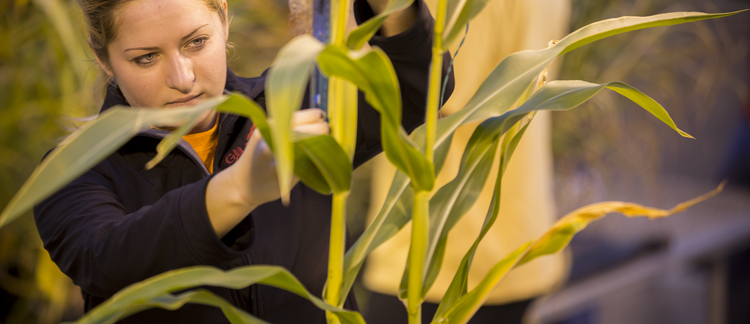Abstract
Producers in southeast Iowa have expressed interest in lime sources effects on crops and soils. Quarried, crushed limestone is the most common liming material used to neutralize soil acidity. Depending upon the quarry, the limestone may be calcitic or dolomitic. Calcite limestone is composed of calcium (Ca) carbonate, and dolomite is composed of calcium and magnesium (CaMg) carbonate. When either material is applied to soil, it will react to soil acidity, and Ca or CaMg will replace hydrogen ions on the soil exchange complex. Only a very small amount will dissolve in the soil solution without reacting to soil acidity. The Ca and Mg ions displace acidic hydrogen (H) ions and are in equilibrium with other positively charged ions (cations) in the soil solution. Thus, a chemical equilibrium develops among all the cations that affects the balance of nutrients absorbed by plant roots. This experiment examines the effects of liming source and potassium (K) fertilizer, and their rates of application on crops and soils.
Keywords: Agronomy
How to Cite:
Doorenbos, R. & Henning, S., (2002) “Crop and Soil Responses to Lime Sources and Potassium”, Iowa State University Research and Demonstration Farms Progress Reports 2001(1).
Downloads:
Download pdf
View PDF
276 Views
106 Downloads

